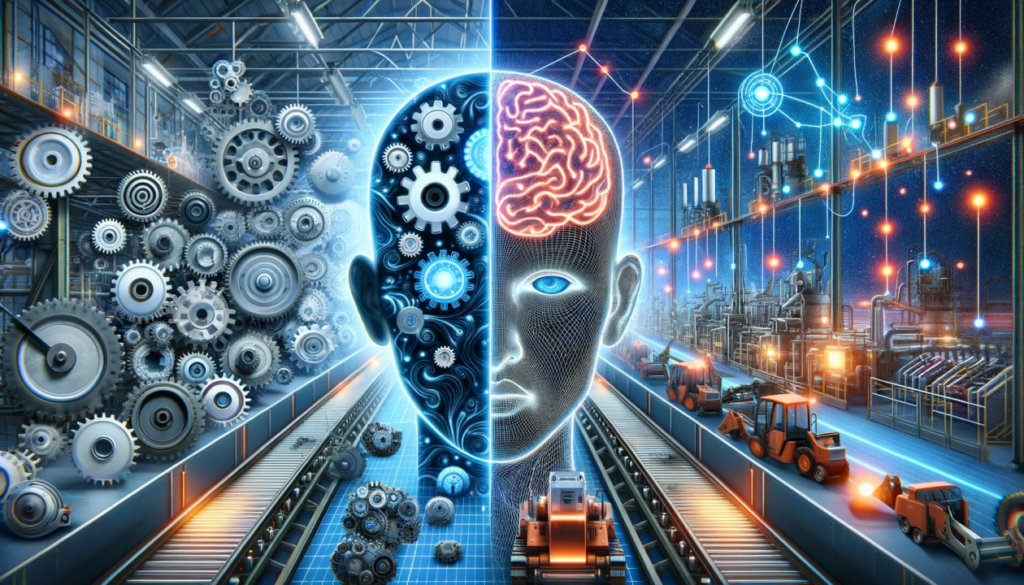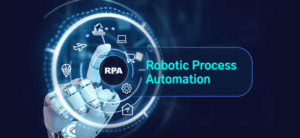Introduction :
Importantly, in the present world, many companies would like to use automation since, in addition to being fast, results attained are accurate. The next step in such organizations would be merging automation with artificial intelligence.
- Increasingly, firms are finding that they can drive productivity and efficiency to new heights by marrying AI with automation. This is dubbed hyper-automation, and according to Gartner, it’s one of the most important concepts in business today.
- So, what is AI, exactly—in plain terms? And how might a business just use that together with automation in the interests of even greater efficiency?
- This guide serves to explain AI in the most basic sense, which shall help businesses foster a better understanding of how they can use it to improve their automation efforts.
What is Automation :
Automation is a process that involves the performance of tasks with very minimal human interference using technology. This is the implementation of systems and software to enhance the efficiency of the processes in organizations through the reduction of manual work and increasing productivity levels. Automation means the performance of tasks by machines, software programs, or robots capable of doing repetitive work, handling data, or running complex operations without requiring that a human do them.
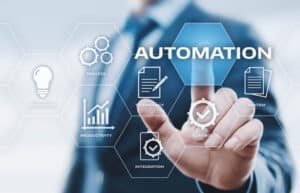
The main purpose of automation is to:
- Increase productivity, accuracy, and consistency
- Reduce costs and human errors
By automating tasks that are routine and standard, organizations can free up their employees to focus on more strategic and creative work. This helps improve the overall flow of work and makes operations more
Artificial Intelligence (AI):
In the framework of the so-called artificial intelligence, machines are made to act like humans. They are taught to think and talk but not to have a real consciousness, of course.
Fundamentally, AI refers to programming machines to carry out operations that people could do only:
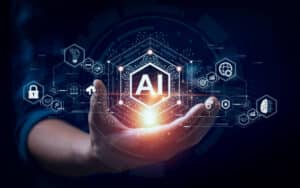
However, today’s AI is not as advanced as many perceive. What we have is a limited form of intelligence known as Narrow Artificial Intelligence (NAI).
Categories of AI:
- Narrow AI (Weak AI):
-
- It is designed to run any single special task, like facial recognition, searching on the internet, or driving a car.
- It has no potential to be conscious, truly understand, or has humans’ general cognitive abilities.
- It had narrow constraints in various contexts.
- Examples: Siri can tell jokes or tell about the weather; ChatGPT trains human-like text from input.
- General AI (Strong AI):
-
- A form of AI that would truly understand, learn, and use knowledge indistinguishably from a human.
- Implies the ability to perform any sort of intellectual task which is possible for a human to do.
- This class of AI does not yet exist
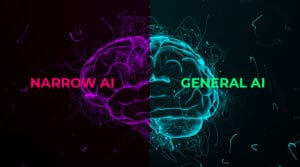
Generative AI:
Generative AI is one of the subfields of Narrow AI, which aims at generating new content such as text, images, music, or videos.
AI v/s Automation:
AI and automation actually serve different purposes: while automation aims at improving regular tasks through the performance of repetitive actions at higher speed and consistency than humanly possible with predefined instructions, AI adds intelligence to machines to act in ways akin to humans by learning from them, adjusting to different data, and making decisions independently. AI is certainly a step ahead in developing sophisticated problem-solving, flexibility, and improvements in innovative productivity in many sectors.
Differences
- Purpose and Functionality:
-
- Automation: It means doing repetitive works as per set rules in advance. It is designed for uniformity and dependability, handling tasks without variation or adaptation.
- AI: Designed to produce machine functions—like human cognition—Artificial Intelligence learns from data, adapts with time, and can decide per new information. It provides performance of tasks that require intelligence—like pattern recognition, natural language understanding, and problem-solving.
- Complexity and Adaptability:
-
- Automation: By nature, automation is rule-based and static; it thus keeps doing the same sets of tasks. It does not learn or adapt.
- AI: AI considers learning algorithms that improve over time. On its own, it adapts to new data and situations. Therefore, it can handle complex tasks.
- Scope of Application:
-
- Automation: Applied to tasks demanding precision and consistency but neither adaptation nor decision-making. Common in manufacturing and routine administrative processes.
- AI: Extended to areas that require human judgment and decision-making, such as speech recognition, analysis of data, modeling predictions.
Similarities
- Efficiency and Productivity:
-
-
- AI and automation are thus driven toward greater efficiency and productivity by reducing the interference of a human factor in activities that are repetitious or easily codified.
- Task Execution:
- Probably the most general definition is that both deal with machines performing tasks to reduce human workload—be it a physical activity like manufacturing or a cognitive task such as data analysis.
-
- Technological Progress:
-
- Both are highly instrumental in reshaping industries like manufacturing, services, and business processes
How AI is Used in Automation?
Artificial intelligence gives machines the ability to think and execute tasks usually requiring human-like decision-making and problem-solving abilities. We will now go through the process of implementing AI for automation purposes.
- Enhanced Decision-Making:
-
-
- Predictive Maintenance: Ai and automation are focused on increasing efficiency and productivity by minimizing human intervention in repetitive or comprehensible tasks.
-
- Process Optimization:
-
-
- Supply Chain Management: Ai improves logistics by demand forecast, inventory management, and fast-tracking shipping processes..
- Workflow Automation:AI systems learning from data patterns, workflow automation—these are all going to help you in managing and optimizing your business processes.
-
- Customer Interaction:
-
-
- Chatbots and Virtual Assistants: Customer service is also done through AI-driven chatbots that handle customer inquiries and provide customer support; some even process transactions to ensure smooth customer service.
- Personalization:
- It is only by analyzing customer data that we can create and provide customized recommendations at the level of experiences to improve the overall customer experience.
-
- Data Analysis:
-
-
- Big Data Processing: Big data processing is maximally speeding up the execution of mode strategic decisions by the AI system.
- Fraud Detection: Ai’s real time transaction tracking technology detects and prevents fraudulent activities by identifying abnormal patterns.
-
- Intelligent Robotics:
-
- Autonomous Robots: Ai allows robots to perform tasks in dynamic environments, such as warehouse management, assembly, delivery.
- Collaborative Robots (Cobots): Cobots that rely on ai technology are cobots that work with humans to perform tasks that require accuracy and flexibility.
Types of AI in Automation:
-
Machine Learning (ML):
Machine learning alludes to that part of artificial intelligence that gives systems the capability to learn from their data and improve in function without being explicitly programmed. Conversely, automation combines machine learning algorithms while analyzing data to improve processes in an organization, predicting events occurring, and identifying patterns impacting decision-making.
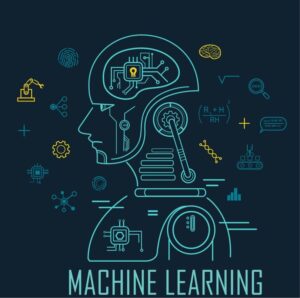
This can be applied in the production industry to effectively handle equipment failure, which can enable preemptive repairs that ensure less downtime and operational efficiency improvement.
-
Natural Language Processing (NLP):
Another critical area of AI entails to provide the functioning of computers and other electronic gadgets to understand human languages by effectively communicating with them.
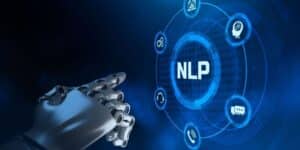
-
Robotic Process Automation (RPA):
RPA is a technology that automates repetitive and rule-based tasks using software robots. Enhanced with capabilities like AI, these RPA bots now have the ability to understand any complex task and execute it based on predefined rules or machine learning models. This is called intelligent process automation.
For instance, AI-powered RPA can process invoices, manage payroll, and handle data entry with minimal human intervention.
-
Computer Vision:
Computer Vision allows machines to interpret and understand visual information from the world. It is applied in automation for quality control, inspection, and surveillance.
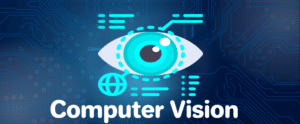
For example, AI-powered cameras can detect defects in products on a production line, ensuring high-quality output.
-
Speech Recognition:
Speech recognition technology allows machines to understand and process human speech.
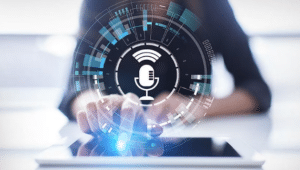
This is used in automation for voice-activated systems, such as virtual assistants and voice-controlled devices, making interactions more natural and efficient.
- Expert Systems:
Expert systems mimic the decision-making abilities of a human expert.
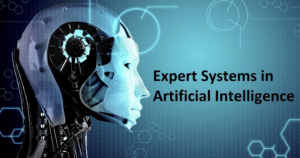
In automation, they are used for tasks that require specialized knowledge, such as medical diagnosis, financial planning, and troubleshooting complex technical issues. These systems help automate decision-making processes based on predefined rules and vast knowledge bases.
-
Intelligent Process Automation (IPA):
IPA combines RPA with AI to automate more complex business processes. It integrates machine learning, NLP, and cognitive technologies to handle tasks that involve unstructured data and require understanding, learning, and adaptation.
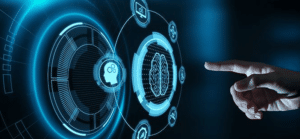
For example, IPA can automate end-to-end processes like customer onboarding, compliance checks, and claims processing.
-
Predictive Analytics:
Predictive analytics uses AI to analyze current and historical data to make predictions about future events. In automation, it is used for forecasting demand, predicting customer behavior, and optimizing supply chains.
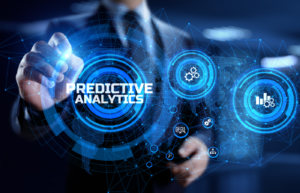
This helps businesses make data-driven decisions and improve operational efficiency.
-
Recommendation Systems:
Recommendation systems use AI to suggest products, services, or content based on user preferences and behavior.

In automation, they are widely used in e-commerce, streaming services, and online advertising to personalize user experiences and increase engagement.
-
Autonomous Vehicles:
Autonomous vehicles use AI to navigate and operate without human intervention. In automation, this technology is applied in self-driving cars, drones, and automated guided vehicles (AGVs) in warehouses.
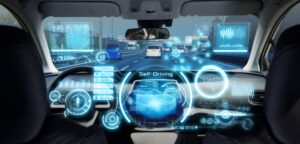
These vehicles can optimize routes, avoid obstacles, and operate efficiently in various environments.
